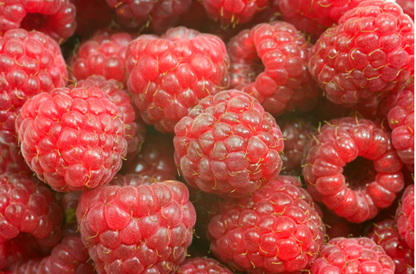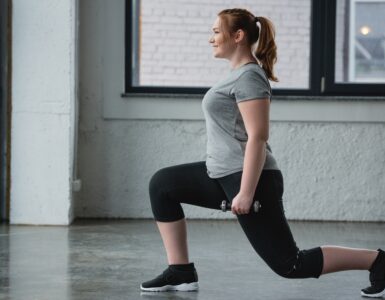Studio 5 Health and Fitness Expert Melanie Douglass, R.D. knows we can do better and shows us how.
1. Understand why you need fiber. Dietary fiber is the indigestable portion of plant foods. It’s extremely good for our health in many ways:
– fiber promotes healthy cholesterol levels
– fiber helps the digestive system function appropriately (or “regularly” 🙂 and can normalize digestive processes
– fiber improves satiety, meaning you feel fuller longer and learn to eat less
– fiber helps stabilize blood glucose levels
– fiber contributes to immune system function
2. More is not better. With fiber there’s a limit, just because 25 grams is good, don’t assume 60 grams will make you all the healthier. Fiber should be consumed in proportion to calories consumed. If you don’t eat a lot of fiber, add one fiber-rich food source to your diet each day until you work up to the 25 – 30 gram guideline.
3. To be a “good source”, foods should have 3 – 5 grams of fiber per serving. Buy breads, cereals, and pastas (or brown rice) that list at least 3 – 5 grams per serving on the label. Most fruits and vegetables have at least 3 – 4 grams per one-cup serving. The exceptions are melons, grapes, and lettuces — these foods are fairly low in fiber.
4. Try the “cereal + bread + 5” method. To make it all add up to (at least) 25, here’s the easiest, most practical method:
+ Eat at least one serving of high-fiber breakfast cereal (~ 6 grams of fiber)
+ Eat at least one serving of high-fiber bread, pasta, or beans (~ 6 grams of fiber)
+ Eat at least 5 servings from fruits, veggies, nuts, or other whole grains (~ 3 grams per serving; remember, serving sizes are small, it’s easy to eat 2 svgs in one sitting)
_________________________
= 25 – 30 grams each day
Here are a few of my favorite fiber-rich foods:
– Raspberries (one of the highest fiber fruits! 11 grams per cup)
– All-bran cereal (I eat a small handful dry, or with nuts, or dried fruit, 9 grams per 1/2 cup)
– Quinoa (6.5 grams per 1/2 cup cooked)
– Granny’s Delight High Fiber Bread (6 grams per slice)
– Barbara’s Organic cereals, Kashi cereals, and Fiber One cereals (6 – 9 grams per cup)
– Beans (any kind, canned are quick & easy, 5 – 8 grams per 1/2 cup)
– Quaker Old Fashioned oats (4 grams per 1/2 cup dry)
– COOKED spinach (4 grams per cup; raw spinach has .7 grams per cup)
– Almonds (3.5 grams per 24 almonds)
– Prunes (yes, prunes… they’re sweet, nutrient rich, and have 3 grams of fiber in just 3 – 4 prunes)
– Green peas or corn (3 – 4 grams per 1/2 cup)
– Mission Whole-wheat Tortillas (3 gram per 100-calorie tortilla)
– Pacific Foods Butternut Squash soup (3 grams per cup)
– Kashi TLC Crackers, 7 grain (2 grams per serving; for a cracker, these are low calorie)
Click the link below to download a 25-page USDA-ARS report that lists foods in order of highest in fiber to lowest, or fiber content, by food, alphabetically.
http://www.ars.usda.gov/Services/docs.htm?docid=17477















Add comment